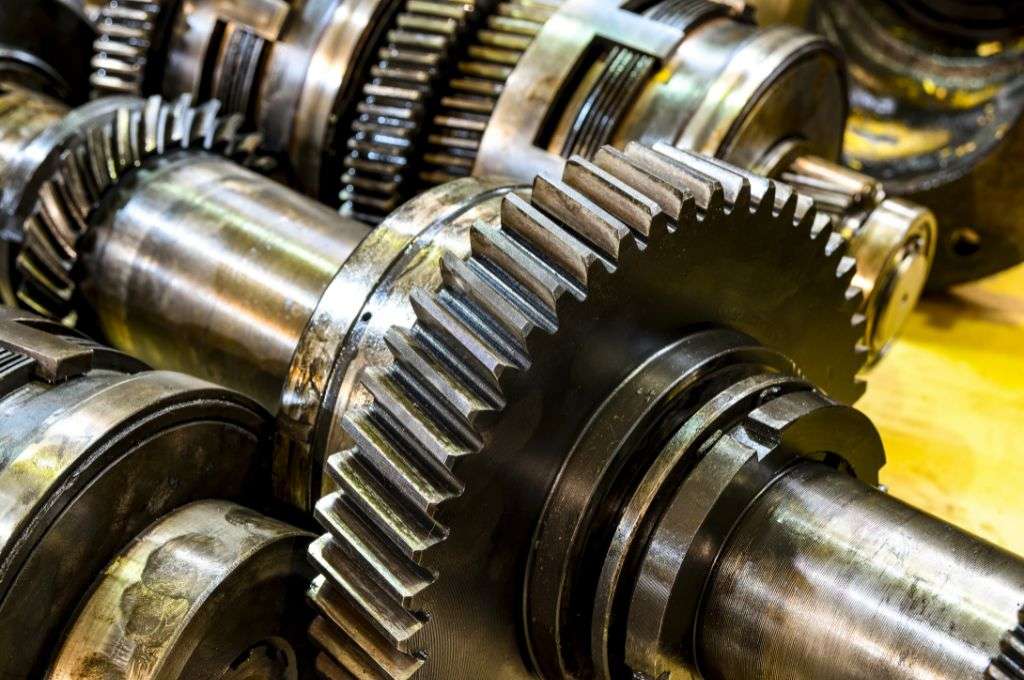
Aug 11,2023
Have you ever stopped to ponder how far we've come in the realm of tools and weapons? From our humble beginnings as stone-wielding hunters to the modern era of high-precision CNC machining, the evolution of tools is a testament to human ingenuity.
In this blog post, we will embark on a captivating journey through time, exploring the milestones and transformations that have shaped the tools industry. Join us as we traverse the epochs, from the ancient hammering techniques to the digital age of robotics.
In the primordial Stone Age, our ancestors relied on the most rudimentary tools, their own hands. Transport yourself back to around 4000 BC, a time devoid of machines and intricate tools.
They made do with nothing more than rocks and fire for survival, showcasing the sheer simplicity and reliance on manual labor. Stone carvings and shaping were achieved through the arduous process of hammering. Large tools such as axes and spears began to take form as primitive hammering techniques were employed, followed by the use of stones to hone their sharpness.
The quest for precision and sharpness led early toolmakers to adopt the stone technique. This method demanded meticulous and consistent sharpening using specific stones. Achieving optimal sharpness required unwavering accuracy, making this a backbreaking endeavor.
Countless hours of labor were dedicated to striking stones rapidly and skillfully. The result, however, was astonishing—a level of precision and longevity that surpassed the demands of hunting. It was during this period that mankind began its transition towards precision tools.
The dawn of the industrial revolution marked a pivotal turning point in the history of tools, ushering in an era of automation. Manual labor was no longer the sole requirement for manufacturing; mechanical production took center stage.
The world was on the precipice of transformative changes that would reshape every aspect of life. Let's explore the three remarkable industrial revolutions that have left an indelible mark on mankind.
The first industrial revolution, spanning from 1760 to 1820, witnessed the birth of better machines. While earlier civilizations, such as the Romans, had made significant contributions to the realm of tools and machines, it was during this period that mechanical tools experienced a renaissance.
Building upon the knowledge of Muslim scientists from the early 600 AD, inventors harnessed newer techniques to refine and enhance mechanical tools. This revolution had a profound impact on humanity, setting the stage for future advancements.
The second industrial revolution brought forth the revolutionary steam engine industry. Steam-powered machines emerged as game-changer, opening up unprecedented possibilities in automotive, mining, and various other fields.
The advent of steam engine trains, a symbol of progress, perfectly exemplifies how tools and metal parts underwent a transformation. The demand for power generation and precision spurred advancements in the tooling industry, resulting in enhanced productivity and accuracy.
The electronic revolution, the last and ongoing phase, thrust computers into the limelight, propelling the tooling industry into a new era. Partially-automatic machines gave way to fully automated counterparts, epitomized by the remarkable CNC (Computer Numerical Control) machines. These machines only require a few lines of code to execute complex tasks with remarkable speed and efficiency.
With the advent of 7-axis rotation, CNC machines are capable of rapid production, manufacturing thousands of tools and metal parts within a short span of time. Furthermore, the integration of AI features into these advanced CNC machines has birthed the pinnacle of precision manufacturing, often referred to as "Industry 4.0." This era boasts the highest level of precision while minimizing energy consumption and cost.
The tooling industry now offers an array of customization options, accommodating fixed or irregular designs. State-of-the-art devices like 3D printers have revolutionized manufacturing by enabling the creation of intricate shapes from various materials such as wood, metal, and plastic. This newfound simplicity and affordability have opened up a world of possibilities.
As we reflect on the awe-inspiring timeline of the tools industry, we are reminded of our humble beginnings and the remarkable strides we have made. From primitive hammering techniques to the sophisticated realm of CNC machining and 3D printing, our tools have evolved alongside human progress.
Each industrial revolution played a vital role in propelling us forward, from mechanical ingenuity to the power of steam and, ultimately, the wonders of electronics and automation. As we stand on the cusp of an era driven by AI and robotics, the tooling industry is poised for even greater heights.
A1: CNC machining stands for Computer Numerical Control machining. It is a manufacturing process that utilizes computerized control systems to automate the operation of machine tools, resulting in precise and efficient production of metal parts.
A2: CNC machining offers numerous benefits, including high precision, rapid production, versatility in design, and the ability to create complex shapes with ease. It also reduces human error, resulting in improved quality and consistency.
A3: The integration of AI and robotics has revolutionized the tooling industry. AI-powered CNC machines and robotic systems offer enhanced precision, speed, and efficiency. They can perform intricate tasks with minimal human intervention, leading to increased productivity and cost-effectiveness.
A4: "Industry 4.0" refers to the current phase of the industrial revolution characterized by the integration of advanced technologies, such as AI, robotics, big data, and the Internet of Things (IoT), into manufacturing processes. It represents the convergence of digital and physical systems, revolutionizing production methods and enabling smart factories.